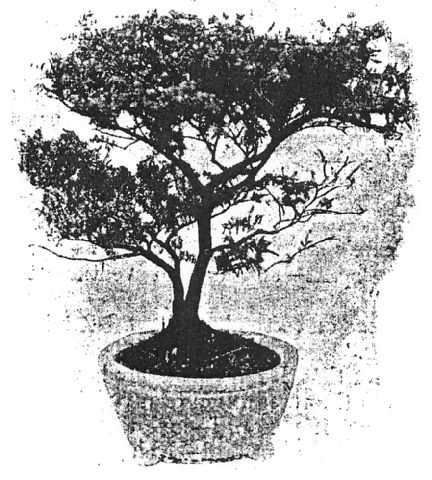 |
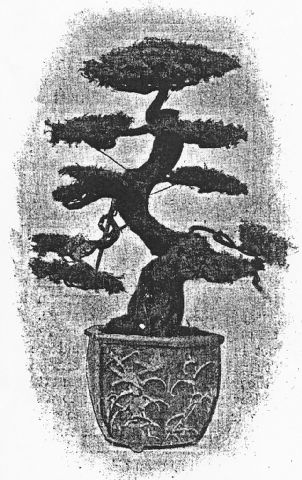 |
| "The Dwarf-Tree Culture of Japan" by Percy Collins
in Windsor Magazine (1907):
Of many well-marked features characteristic of Japan as a nation, none is more noteworthy than her love for tiny things. It is not that her people fail in the appreciation of what is great and imposing. Rather it is that they possess a national bias for the dainty and the diminutive. Little things seem to fascinate them; and littleness, in their eyes, has become a standard of artistic merit. |
 |
 |
| This tendency is nowhere more marked than in Japanese horticulture.
To our Western minds, the ideal garden consists of a vast pleasance with lawns and lakes and mile-long
avenues. But the Jap [sic] designs a garden, perfect in every detail,
whose total area is less than that of an
English dining-table. Moreover when completed, it is not a mere window-box -- a thing of the moment
made to outlast a few summer days -- but a carefully executed work of art, a daily delight and a joy for
ever. Under the watchful care of its owner, it will grow and thrive for an indefinite period, and
pass as an heirloom from one generation to another. It was doubtless this love of diminutive gardens which led to the exclusively [sic] Japanese practice of producing and rearing dwarf trees. It is, of course, quite easy for any gardener to stunt a tree, simply by cutting and starving it. But such a process merely results in an ugly deformity, and the dwarf trees of Japan are not stunted in this sense of the word. Their trunks and branches show every sign of gnarled old age; their roots appear above ground in tortuous curves. They are, in fact, actual living miniatures of forest trees. The art of producing trees is a very old one. No record of its origin remains; but its secrets are handed down from father to son in a few families, and are guarded with scrupulous care. On the outskirts of Tokio the tree artists have formed a little colony of from twenty to thirty houses, and from this centre their work finds its way to all parts of the world. In the old days the trees were exported [541] extensively to China, to be used in the decoration of houses and gardens. To-day the Celestial taste for the quaint works of art seems to have declined. Yet the little colony in Tokio still flourishes, for of late years it has had to supply the growing demands of Western civilization. In England and America especially dwarf trees are finding great favour, being hailed as novel and attractive table decorations. |
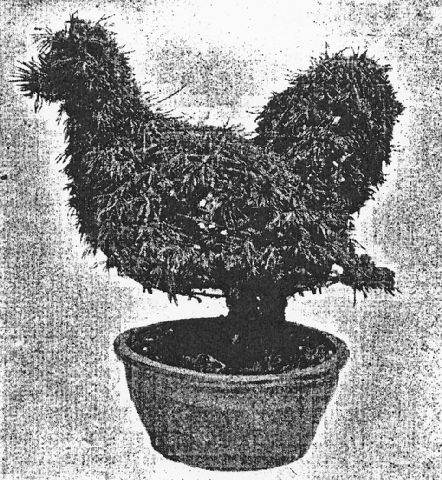 |
TOGETHER AND BOUGHS TRAINED. |
| Exactly how these tiny trees are produced is known only to a
score or so of individuals. But Mr. S. Eida, a Japanese Fellow of the Royal Horticultural Society,
was good enough to supply the writer with some interesting facts relating to the methods employed.
It would seem that the quality essential to the successful dwarf tree grower is patience -- infinite
patience, backed by a fund of calm resignation unknown to the Western mind. Fifty years is named as
the shortest period in which a really good and saleable dwarf tree may be grown, while a lifetime is not
long enough to produce the highest examples of the art. The artist merely makes the beginning: his
son, or perhaps even his son's son, reaps the rewards of his labours. |
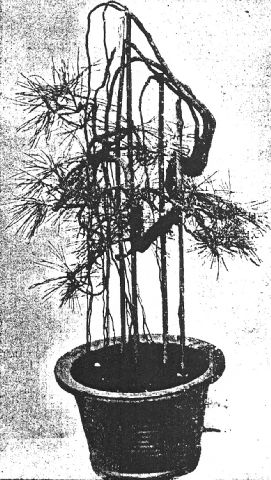 |
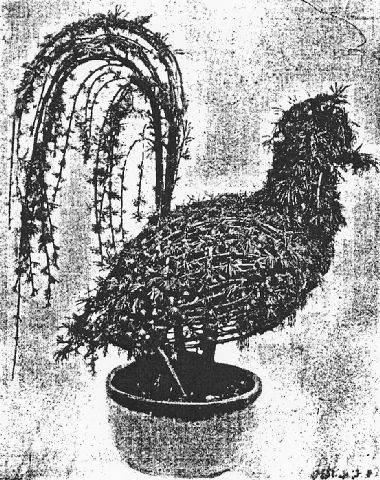 |
| Dwarf trees are produced from seeds, or -- in cases where this
is not practicable -- from carefully selected cuttings. When the young plant begins to grow, it is
tended with ceaseless care, and from the commencement of its career its natural tendencies are subjugated
to the will of its master. Each twig, each [542] leaf, as it makes its appearance, becomes the object
of the closest scrutiny. Shall it be permitted to grow, and if so, in what direction? May it
not be advisable to cut it away altogether and encourage growth elsewhere? These and a dozen similar
questions occupy the mind of the Japanese artist, and upon their correct solution depends the ultimate
value of the tree; for, to be perfect, the dwarf must possess a shape and balance equal to the best
life-sized models. |
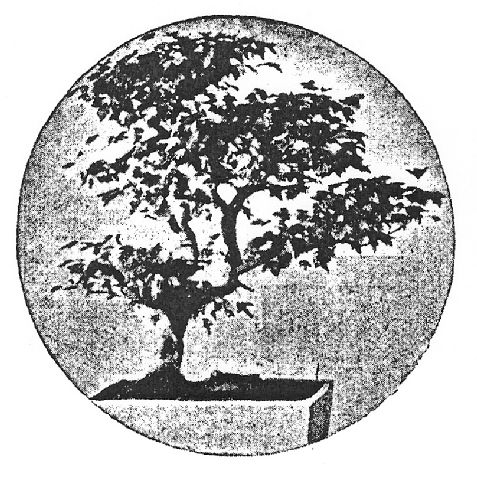 |
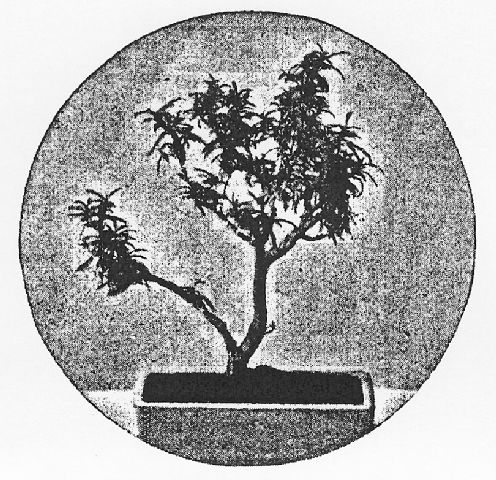 |
SAW THE LOSS OF THE "BIRKENHEAD." |
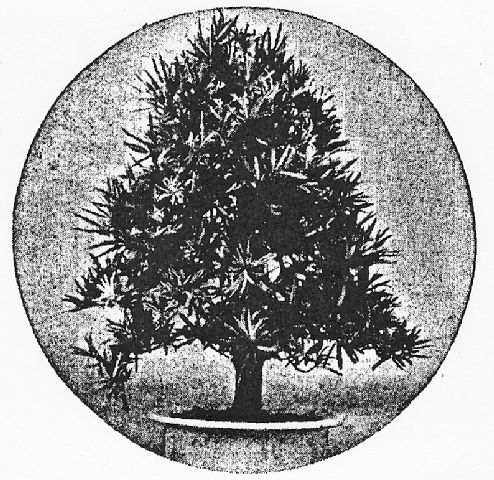 |
PLANTED IN 1859. |
| The artist has at his disposal several centuries of transmitted
experience. To this he adds the quality that Carlyle mistook for genius --
"an infinite capacity for
taking pains." He cuts and prunes his subject, often mercilessly, but always with infinite care
and forethought. At times, with bass or wire, he draws a wayward twig into its ordained position;
then, after two or three years, when the trend of the branch is fully established, the bonds are cut
away again. From time to time, too, the tree is carefully re-potted, and on such occasions its
roots are subjected to a careful examination. Indeed, in their turn they receive as much attention
as do the branches. Unnecessary masses of fibre are cut away, leading rootlets are freed and
encouraged, and the whole is then carefully rearranged in a fresh soil. |
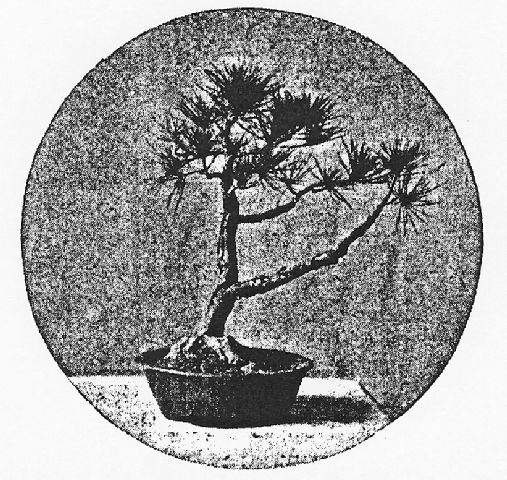 |
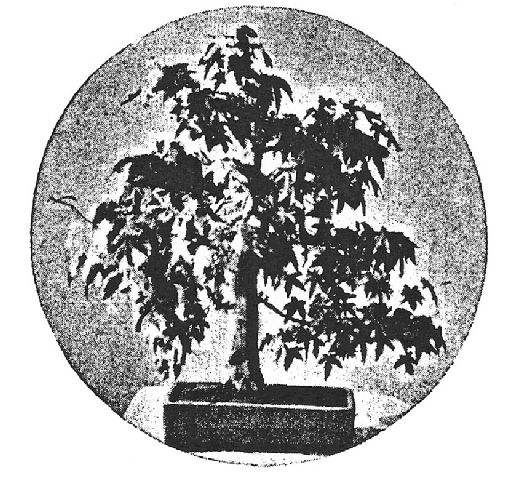 |
IN THE YEAR WHICH SAW THE BIRTH OF KING EDWARD VII -- 1841. |
IN THE YEAR OF THE GREAT TOOLEY STREET FIRE -- 1861. |
| Everything is done, in fact, to concentrate the life of the
tree within the narrowest [543] possible limits. And, at last, after years of unremitting labour,
the tree begins to respond to the touch of its master. It loses its tendency to shoot forth lusty
and far-reaching twigs. Its leaves become tiny and proportioned to its dwarfed branches. It
surrenders, as it were, in the fight for liberty, and becomes quiet and tractable. |
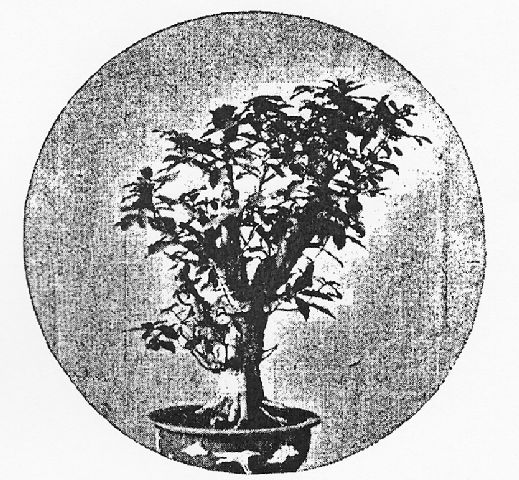 |
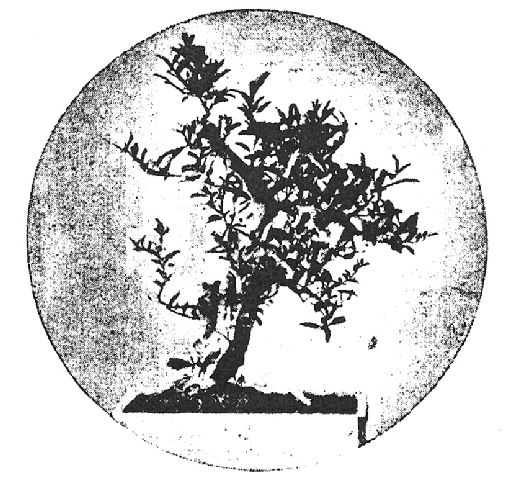 |
THE LAUNCH OF THE "ROYAL GEORGE," AT DEPTFORD -- 1817. |
-- THE YEAR OF HERSCHEL'S DEATH. |
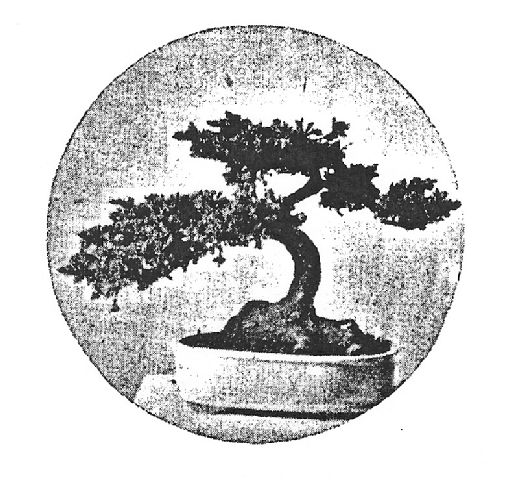 |
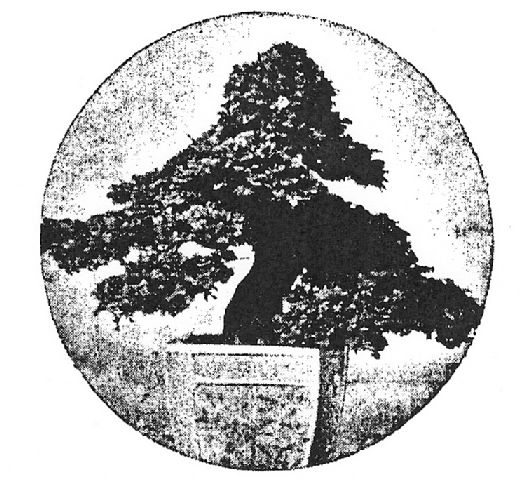 |
YEAR IN WHICH PEACE WITH THE UNITED STATES WAS PROCLAIMED. |
10 IN. ROUND THE TRUNK, PLANTED IN 1707 -- THE YEAR IN WHICH THE UNION OF ENGLAND AND SCOTLAND WAS COMPLETED. |
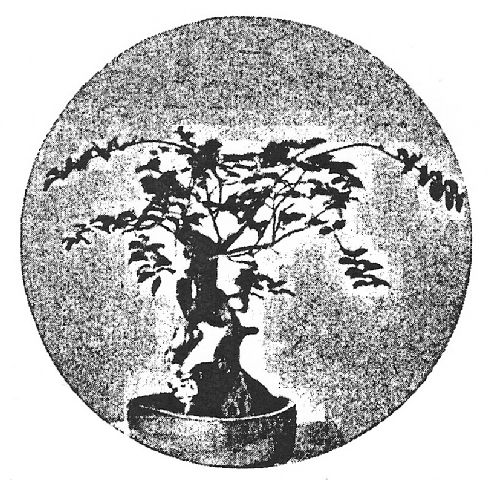 |
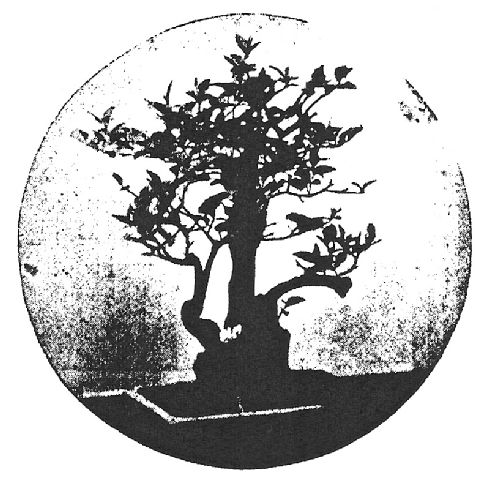 |
YEAR IN WHICH THE CAPE OF GOOD HOPE WAS TAKEN FROM THE DUTCH. |
OF GEORGE IV. |
| Besides forest trees, such as oaks, elms, beeches, and maples,
many other kinds are [544] subjected to the dwarfing process; indeed, almost all the native trees of Japan,
as well as many imported species, are thus represented in miniature. Some of the most beautiful
examples are the tiny fruit trees -- cherry, plum, and apple -- which, when in full bloom, make the
loveliest table decoration imaginable. |
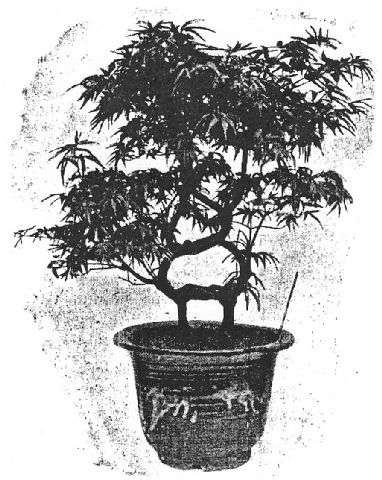 |
TREES ENTWINED, VALUED AT £15. |
| There is an irresistible charm about these pigmy trees which
is peculiarly their own. When looking at one of them for the first time, one hardly knows whether
to laugh or to look solemn. The tree is ridiculously small and insignificant. Yet it was alive
and flourishing when one's great grandparents were babies in arms! |
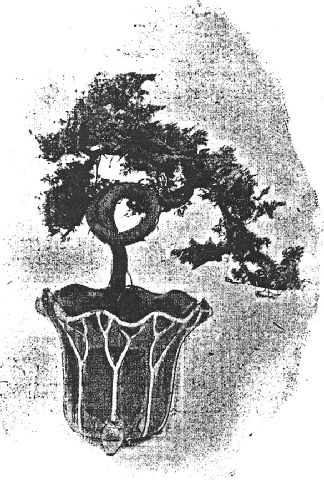 |
| To many minds there is something distasteful -- not to say uncanny --
in this treatment of trees. But this is generally found to arise from misapprehension. Regarded
simply as trees, these dwarfs are the personification of unnaturalness. But to the Japanese mind
they are not so much trees as pictures. "No one objects to a landscape painting because its mountains
are not a mile high," says Mr. Eida, in defense of his art. "In a landscape painting the rivers and
mountains are not as they are in Nature; they are, in fact, representatives in miniature, just as they
dwarf trees are." |
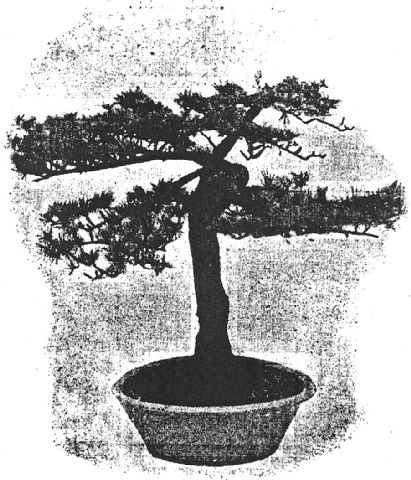 |
| It is a fact that many of the choicest and most ancient trees have
of recent been brought from Japan to England, and are now in possession of private collectors, or else are
on view at one of the [545] London establishments where these curiosities are "stocked for sale."
Moreover, purchasers of the trees are usually informed that their specimens may at any time be sent
"to hospital" at a small monthly cost; and this provision is very necessary, seeing that the life of a
valuable dwarf tree, which for some reason may have become sickly, may often be saved by a little timely
treatment at the hands of an expert. Indeed, the hospital branch of the dwarf tree business is so
important that a few years ago an enterprising firm actually fetched Segiro Takagi, perhaps the most
distinguished dwarf tree trainer now alive, from far Japan, and installed him as reigning spirit in a
nursery in Acton. |
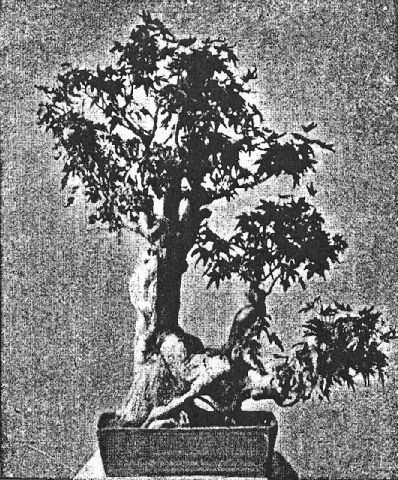 |
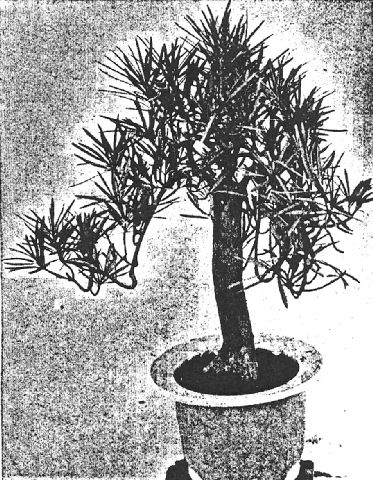 |
AND 18 IN. ROUND THE THICKEST PART OF THE TRUNK. |
| Curious as to the prices obtainable for Japanese dwarf trees in
this country, the writer, upon inquiry, was informed that these depend both upon the age of the tree and
upon its size and contour. For a well grown veteran maple planted, let us say, in the reign of
William and Mary, £32 would be considered a fair price. A nice little oak, numbering only some
eighty-six summers, may be had for £12; while young beginners, in their fortieth year or so, command
only a few pounds. |
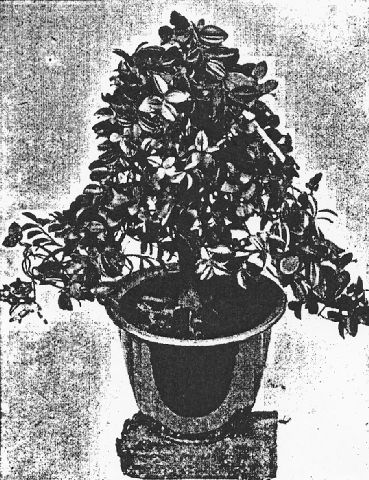 |
| But these prices fade into insignificance when compared with the sums
which have been given for trees of extraordinary age or great perfection. On page 546, for example,
is reproduced the photograph of a thuja tree whose age is not less than three hundred years, and whose price
is one hundred guineas. The maple tree shown [546] on page 545, too, is valued at some eighty guineas
on account of its strangely shaped, gnarled old trunk. These high-priced trees, however, do not find much favour in the eyes of purchasers in the Western Hemisphere. We are so far imbued with the desire to obtain tangible value for money expended that most of us would look long and lovingly at one hundred guineas ere we should barter it in exchange for a "mere plant," no matter how quaint and artistic that plant might be. The same remark applies to dwarf trees of a grotesque character. We fail to see why an especial value should attach to these. Yet if we once fully realized the amount of time and thought which the tree artist gives to the production of the more bizarre examples, we might, perhaps, be disposed to alter our minds. In Japan, where tree dwarfing and training is regarded as a high art, those who wish to possess a good specimen pay the high price without demur. |
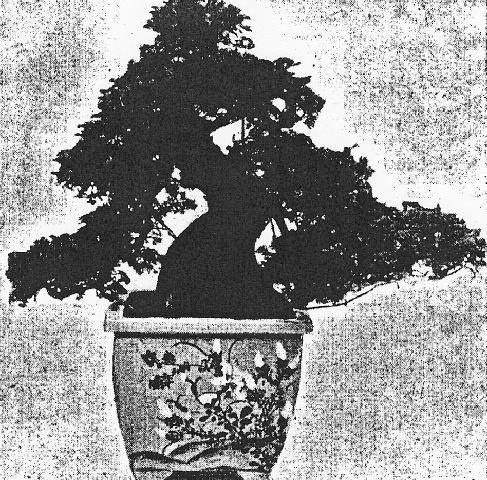 |
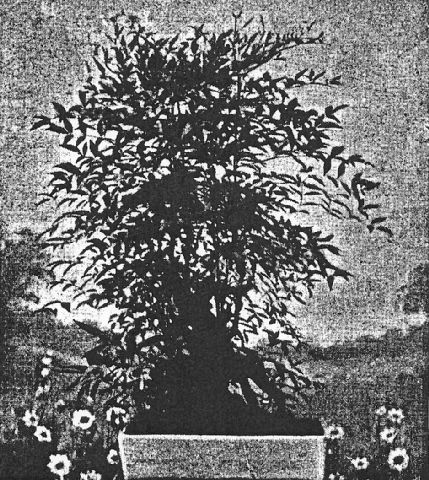 |
THE LATE QUEEN VICTORIA CAME TO THE THRONE. |
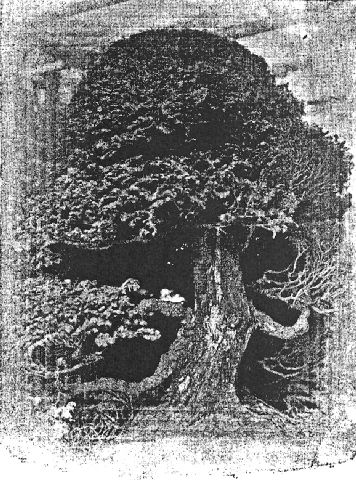 |
| In conclusion, a few words may be added respecting the making of
grotesque trees. These, like the larch trees shown on page 541, often resemble birds or animals,
and are generally formed by means of three, four, or more trees planted in the same vessel and combined.
A common plan is to select a number of likely looking branches upon a full-sized tree as a beginning.
A ring of bark is then removed from the base of each of these, and the stripped part is surrounded with
a mass of clay, which is then covered with moss, the whole being bound about with wire or bass.
The moss and clay are kept constantly moist, and after a period varying according to the kind of tree
from three months to two years, roots are sent out by the branch into the clay. All this time
close attention has been paid to the growth beyond the cuts, [547] so that when at length the rooted
branch is severed from the parent tree, it is already in an advanced stage of treatment. Three
or four such branches, which have now become independent trees, are planted together in a shallow vessel
filled with suitable soil, and the work of training and combining is continued. In this way the time
necessary for the production of a good grotesque tree is materially lessened; yet, even so, a period
of thirty or forty years must elapse ere the tree will be regarded as perfect. Another kind of dwarf tree very popular in the East is the so-called "married tree." This is produced by entwining two small trees in such a manner that, while they still retain their separate growth, they are in other respects inseparable. A young married maple, little more than a foot in height, will command as much as Œ15 to Œ20. |
 |
HIS ASSISTANTS IN A GARDEN AT ACTON. |
|
1 Collins, Percy "The Dwarf-Tree Culture of Japan,"
The Windsor Magazine, An Illustrated Monthly for Men and Women (London: Ward, Lock & Co., Ltd.), Vol. XXVI,
October 1907, pp.
540-547.
|